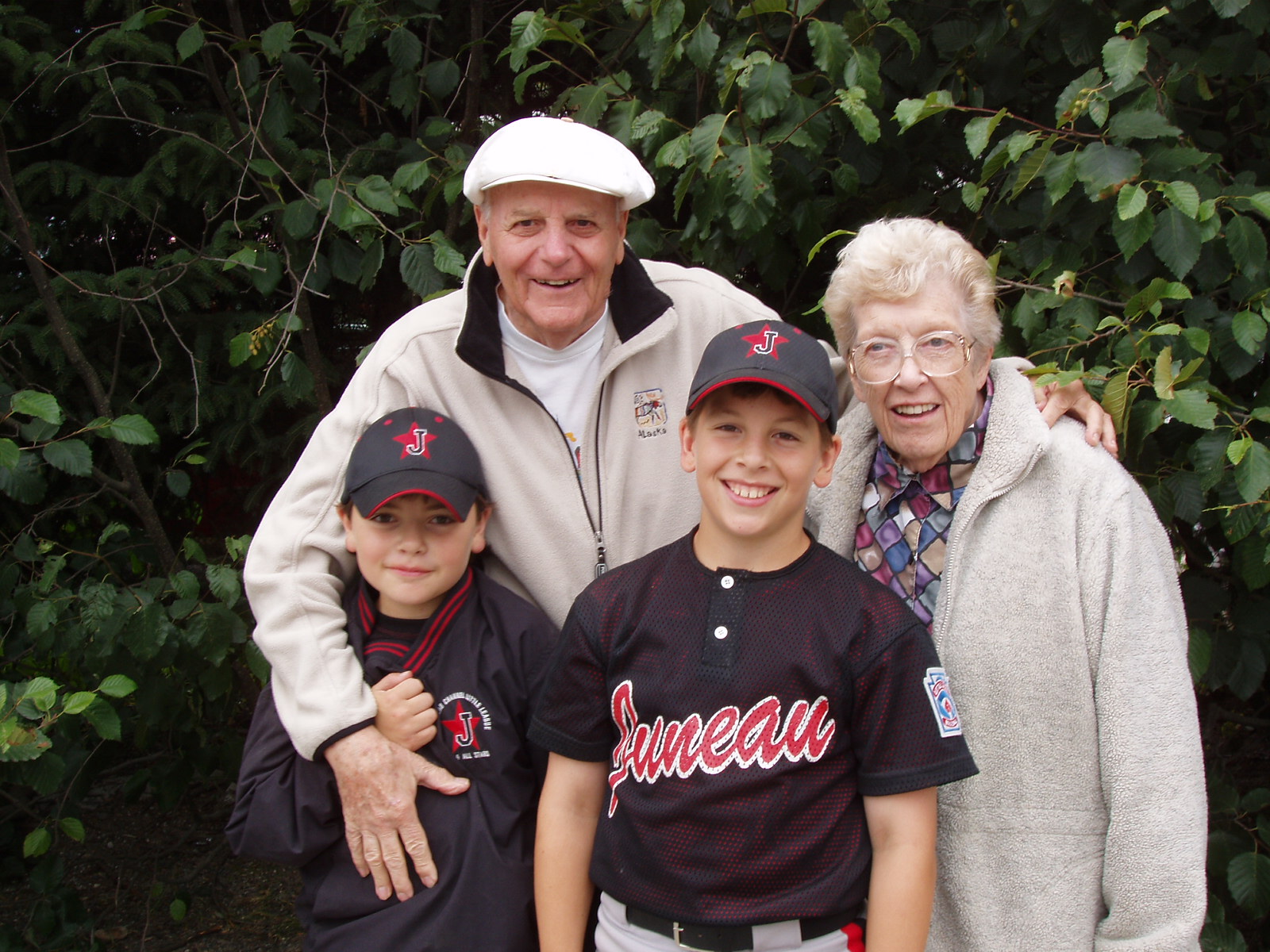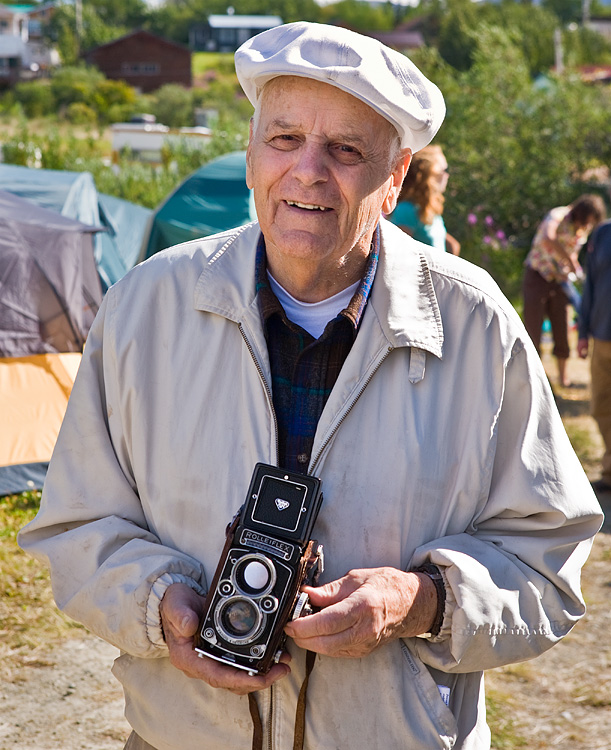By Kim Quesnel, Photos by Natalie Raia
After arriving in Juneau on Sunday, a day of initial hellos and lectures on Monday, and a visit to downtown Juneau and the Mendenhall Glacier visitor’s center on Tuesday, by Wednesday we were ready to get outside. It was pouring rain and not the warmest day, but we were all excited to test out our new gear and get accustomed to our mostly non-broken in boots. We started out relatively early and drove from the University of Alaska Southeast Campus where we were staying, to the West Mendenhall Glacier trail head where we started our hike. After unloading the school bus, we covered our backpacks with rain tarps, took out our trekking poles, and started up the trail. We initially hiked with our entire group- over 30 students, 6 junior field staff, Carrie’s dog Kiah, and a few “adults” including Jeff Kavanaugh (Program Director), Shad O’Neel (Board Member and this year’s JIRP Academic Advisor), Frank Granshaw (Environmental Science and Geology Professor at Portland State and Portland Community College) and Frank’s wife Annette. After a while, we broke into trail parties of 6-8 people to speed up our journey. We hiked through the mucky forest, across streams, up a rock face next to a waterfall, and eventually made our way to the terminus of the Mendenhall Glacier.
We had seen the glacier from the other side of the lake on the previous day, but that had barely prepared us for the gargantuan size of the Mendenhall when we were up close and personal. Since it was still raining, we ate our bagged lunches while we strapped on our crampons, took out our ice axes, and mentally prepared to get on the ice. We also put on all of our extra layers so that we would stay warm on the glacier, which is extra chilly due to the katabatic winds that pick up the cold temperature of the ice. We ascended the glacier in small groups after a short safety talk and we quickly learned how to trust our crampons and use an ice axe as our “third leg”. It was incredible being on the glacier for the first time. We were immediately dwarfed by the sheer size and greatness of the seracs, the peaks and valleys on the ice, and it was an amazing feeling to know that we were on our way to becoming mountaineers.
After a bit of exploring, which included a trip to the famous blue ice caves for some people, we decided that we were ready to head back to the bus. About half of the group headed back on the initial route, and the rest tried a different route. Although it was apparently a common hiking trail for tourists, we managed to take a few wrong turns before eventually ending up back at the trail head. We were soaking wet and exhausted, yet (almost) everyone was smiling ear to ear. We had just seen our first introduction to life on a glacier, and we couldn’t have been more excited to get up onto the icefield.























